We selected five such conversations—with illustrator Ella Paton, author and science communicator Kat Arney, filmmaker Rob Petit, historian (and consultant to the Netflix series The Crown) Robert Lacey, and toy designer Luc Hudson—to enlighten us as to what they do, why, and how they found their creative voice within the cultural crossroads that is London, England.
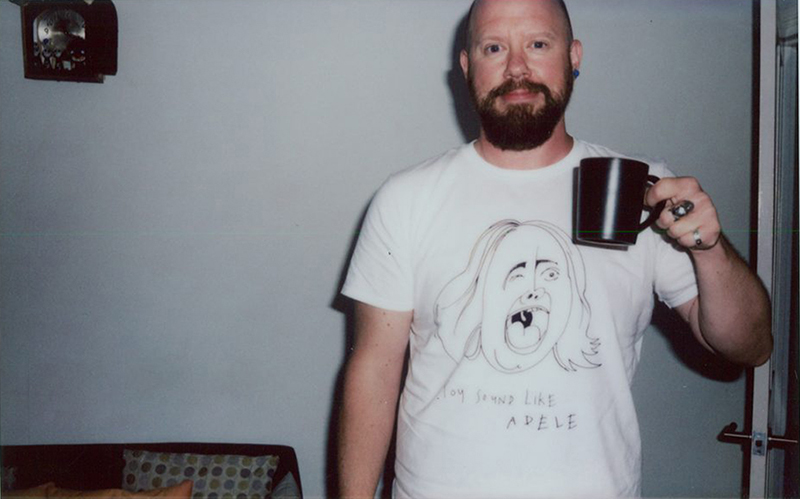
While growing up in Cumbria, England, toy and concept designer Luc Hudson lived in a peaceful lake district. There weren’t a lot of shops and his family didn’t have much money. Therefore, Hudson relied upon his imagination for a source of entertainment to his day. After beginning his career as a toy designer at industry giant Hasbro, he carved out his own niche with Triclops Studio.
Along with his business partner and all-time favorite collaborator, Rob Ames, Hudson innovates toys, board games, and environments for television shows and brands like Lego and Mattel. By not hemming his imagination in, Hudson adds a fresh spin to evergreen concepts and brings back an appreciation for the physical.
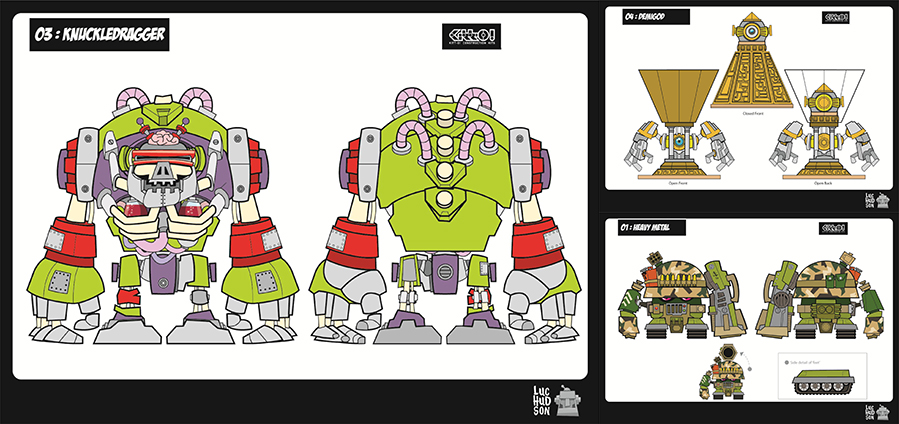
What were you like as a kid?
I remember drawing a lot and always making objects out of whatever was around. My dad taught me how to make a whistle out of a piece of wood and we would make characters out of clay. There wasn’t an awful lot to buy so you had to make your own toys. It was a great place to be a kid, but, when I got to be a teenager, I knew there was more of the world that I wanted to see and access.
How would you compare your childhood to today’s world?
The internet has been such a massive sea change in every way, from research to reference material, to the fact that information is constantly refreshing online. What’s great is having access to anything in the world; what I don’t like is being constantly switched on.
I’ve witnessed something interesting in my industry, which is that once people see a toy enough times, from this blog to that social media account they are kind of bored of it. Our ability to access anything depletes the value of creations. The world is too readily available. Customers don’t see the hours you’ve invested, which is why they often go with cheap.
Our ability to access anything depletes the value of creations.
How do you keep yourself in a childlike spirit that as adults we so often lose?
I think people tend to overthink how they’re behaving. They are inhibited by and concerned with what everyone else thinks. It would be a much better way to carry on if we just did what we wanted. In the first two or three years, everyone can draw at a similar level, but at a certain point when they feel they aren’t as good, they stop.
Everyone wants a creative outlet but they worry too much about if others will think they’re crap—rather than focusing on having fun. I feel very lucky that my job is creative because I’m constantly thinking in that way. I can imagine it would be difficult to make that switch if you worked in finance. If you’re open to taking that block down in your head that says, “I don’t know how to do this” then you can create anything. It’s why I don’t see myself as a toy designer full stop.
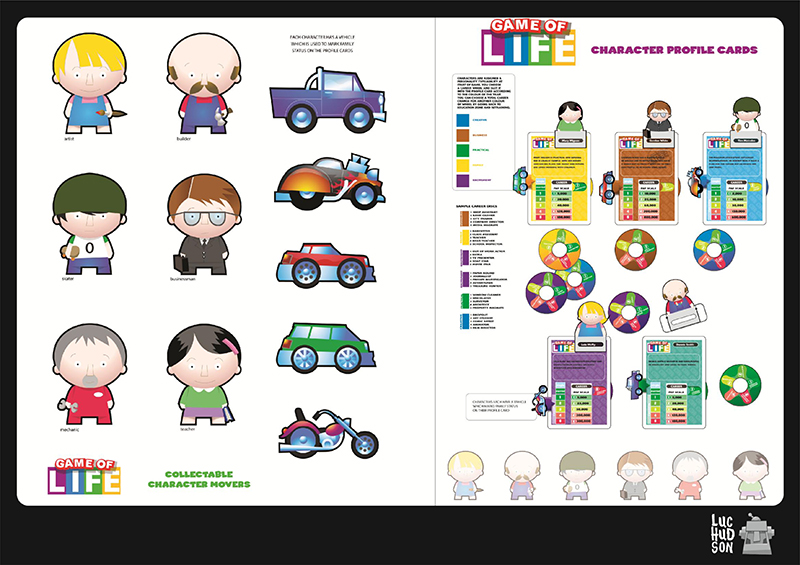
As my dad taught me, you don’t have to be great at everything.
Yes, and a lot of that comes down to self-criticism. Striving for perfection isn’t healthy because you’re never satisfied with what comes out at the other end. We really should focus more on the process. In my mind the stuff that never made it is just as valuable as the stuff that did. I really wish artists were more open about that.
In my mind the stuff that never made it is just as valuable as the stuff that did.
I also find great inspiration in alternating between different artistic mediums.
Once you’ve unlocked your creativity it’s easy to access it in many forms. The world at large seems to have a problem with it but I think it’s silly to restrict yourself to one discipline. Fluctuating between mediums keeps me from feeling trapped.
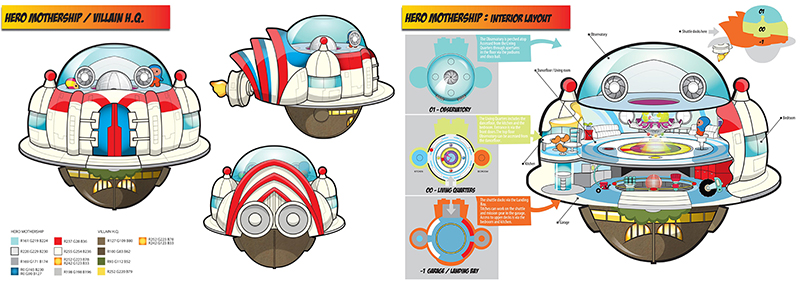
How did being a toy designer initially cross your plate?
At random. I moved to London in 2002 to be with my partner and got a job working at Harvey Nichols. One day, I met an architect and revealed to him that I was interested in creating something around children. He replied, “The people that make Action Man are hiring.” They were looking for a concept designer. Toy design, rather than illustration or animation, which is what I anticipated, going into, is a great fit.
What do you think was advantageous about your background in terms of your industry?
I came from a very different, maybe fresher, place than my coworkers. Also, because it was all very new to me, I was always trying to learn more. I often looked back 50 or 100 years, or to Japanese pop culture, which means my inspirations were much more varied.
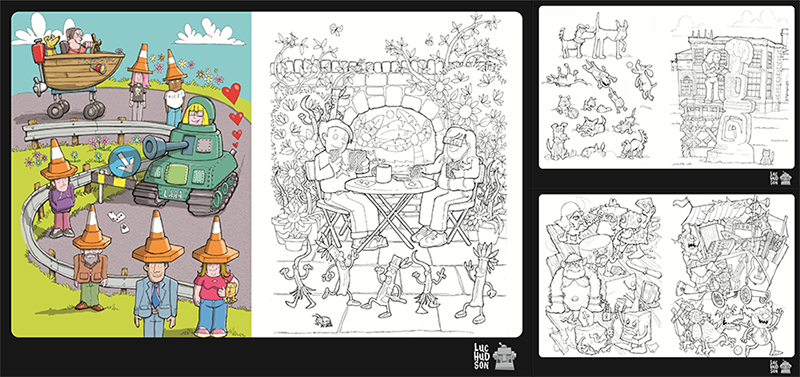
How would you describe what you do now on a daily basis?
As a concept designer, I innovate how a toy or game operates rather than actually engineer the final product. A lot of my clients don’t know what the characters are or the theme of a game is and that’s what we help them come up with.
Can you talk a bit more about the collaborative process and how that inspires you?
Bouncing ideas around allows you to come up with new ideas that you wouldn’t necessarily get on your own. Because my business partner Rob and I have different interests and hobbies, we build better products than we could have individually. When you’re unafraid to share you don’t really get stuck.
When you’re unafraid to share you don’t really get stuck.
What’s the hardest part about your job?
The fact that most of our clients want something that is gender-neutral and will appeal to everyone, which is nearly impossible but we try to do it as well.
What is one common mistake you see other artists or small business owners make?
Most people fear to ask questions because they don’t want to seem dumb. It goes back to being scared of what people will think. As a gun for hire, I had to get tougher skin and be ready to receive negative feedback. The goal is to build a bigger, better idea.
What kinds of people are attracted to the toy industry and who excels in it?
There is an element of Tom Hanks “Big,” which I see as those who don’t forget what it means to play. Others fell into it like I did. Everything in toy design boils down to ideas and being able to funnel them into something that will work functionally.
This interview has been edited for length. Read the full interview in Word of Mouth: More Conversations.
